Press Release: Veritas Press C.I.C.
Author: Kamran Faqir
Article Date Published: 17 Aug 2025 at 11:45 GMT
Category: West Asia | Iran |
Source(s): Veritas Press C.I.C. | Multi News Agencies
Tehran Signals Military And Diplomatic Pushback; Deal’s Gaps And Risks Laid Bare:
Yerevan/Tehran/Baku — A week after Armenia and Azerbaijan signed a Washington-brokered memorandum on August 8, 2025, replete with a U.S.-managed transit route across Armenia’s Syunik, the geopolitical aftershocks are getting louder than the ceremony. Iran’s leadership has publicly threatened to block the plan, while Russia has issued thinly veiled warnings about “non-regional” interference. The corridor, branded the Trump Route for International Peace and Prosperity (TRIPP), is billed as a peace dividend. But the fine print, and the actors it empowers, point to a volatile mix of sovereignty disputes, great-power competition, and unresolved human rights claims.
What The Deal Actually Does And Doesn’t:
U.S. oversight and leasing model. The Washington framework grants the United States development rights over a route linking Azerbaijan proper to its Nakhchivan exclave via Armenia’s Syunik province. Reporting and expert analysis emphasise U.S. oversight/management via sub-leasing to a consortium to build rail/energy/communications infrastructure. Armenian officials stress the road will operate under Armenian law, but ambiguity remains over who controls checkpoints, data, and security protocols.
Sovereignty vs. operations. Azerbaijan has long demanded a friction-free link; President Ilham Aliyev has publicly rejected the idea that “our cargo and citizens should see the face of an Armenian border guard.” Yerevan replies that it “cannot be unaware of who entered its territory,” citing smuggling and trafficking risks if Armenian control is diluted. The core dispute, who exercises coercive authority along TRIPP, remains unresolved in public texts.
“Ceremony vs. substance.” Analysts across the spectrum say the White House optics outpaced detailed legal architecture on customs, policing, third-party security, data governance, labour, and environmental liabilities. As the European Council on Foreign Relations put it this week, the event “may have come too soon,” creating dynamics that threaten durable peace unless Europe and others help fill the policy vacuum.
Tehran’s Line Hardens:
“Graveyard for Trump’s mercenaries.” In Tehran, senior adviser to Iran’s supreme leader Ali Akbar Velayati denounced the corridor as a “political treachery” that will not be allowed to materialise, warning it would become a “graveyard for Trump’s mercenaries.” Iran’s Foreign Ministry simultaneously cautioned against foreign military-security involvement “near our borders.” President Masoud Pezeshkian conveyed similar concerns directly to PM Nikol Pashinyan, warning that U.S. “hegemonic goals” could be pursued “under the guise of economic investments and peace guarantees.”
Strategic encirclement fear. Iranian strategists argue that TRIPP would put a U.S.-aligned artery beside Iran’s only land bridge to Armenia and the Caucasus, diminishing Tehran’s transit leverage. Several assessments frame the corridor as part of a broader architecture, backed by Turkey and Western partners, that bypasses Iran for east-west flows of goods, energy, and data.
Moscow’s Warning Shot; Ankara’s Embrace:
Russia: mind the “non-regional players.” Moscow welcomed the ceasefire optics but warned that the involvement of outsiders should “strengthen the peace agenda, not create new divisions,” pointedly invoking the “unfortunate experience” of past Western-led conflict management. Translation: Russia won’t cede the Caucasus without conditions.
Turkey: a strategic windfall. Ankara calls the corridor a “very beneficial development,” promising to connect Europe to “the depths of Asia” through Turkey while consolidating energy and logistics corridors that Ankara has cultivated since the Baku-Tbilisi-Ceyhan pipeline era. President Recep Tayyip Erdoğan personally backed the pact in calls with Aliyev.
The Human Rights Ledger Isn’t Closed:
Unaddressed displacement. The plan is silent on restitution or return for the 100,000+ Armenians uprooted from Nagorno-Karabakh after Azerbaijan’s September 2023 offensive. UNHCR and multiple outlets documented the exodus; Armenia calls it “ethnic cleansing,” a label Baku rejects. Any corridor that ignores this unresolved trauma risks baking instability into the deal.
Lemkin Institute “red-flag.” The Lemkin Institute for Genocide Prevention has issued a “red-flag” alert over the corridor concept, arguing it is “illegal” and could “effectively constitute an occupation of Armenian land” absent iron-clad sovereignty guarantees and human rights safeguards.
Armenian civil society pushback. Opposition figures and activists in Yerevan describe the Washington declaration as “a blow to Armenia’s sovereignty,” worried about a long-term lease that dilutes control over policing and border functions. “If we’re not in charge of who enters and what crosses,” one activist told OC Media, “we’re not sovereign.”
What We Learned From The Paper Trail:
Foreign Policy reports the White House has staked U.S. oversight of the route, an extraordinary role for a non-regional power in a still-unsettled conflict theatre. Chatham House, CEPA, GMF, Soufan Centre, and ECFR analyses collectively argue that the corridor’s viability hinges on enforceable sovereignty, security, and commercial governance, not brand names or ribbon-cuttings.
Azerbaijan’s “one obstacle.” A top Azerbaijani diplomat told Reuters the peace push leaves the sides “one step” from a final accord, Armenia’s constitution still needs amending to remove language Baku views as a claim on Azerbaijani territory. Until that is resolved, implementation timelines for TRIPP’s rail and energy spines are speculative.
Investigative Take: Five Stress Points Everyone Is Skirting.
- Sovereignty vs. control in practice:
Saying “Armenian law applies” is not the same as Armenian control over who patrols, who inspects, who seizes contraband, who collects data, and who adjudicates disputes. Without a published security annexe, covering rules of engagement, cross-deputation, jurisdiction, and redress mechanisms, TRIPP risks becoming a legal no-man’s land. - Third-party security presence:
Both Iran and Russia warn against foreign military-security footprints near their borders. If the operating consortium embeds private security or Western contractors, expect Tehran to escalate with drills, sanctions designations, cyber pressure, or indirect military signalling along the Arax. The deal text, as reported, doesn’t clarify who can be present in uniform. - Data and surveillance:
Corridors are not just asphalt; they are fibre, sensors, and logistics metadata. Who owns and stores the data from scanners, ANPR cameras, and telecom backbones? Can Azerbaijan or U.S. operators mirror data flows? Can Armenia compel deletion or audit? There’s no public clarity here; for Tehran, a U.S.-aligned data spine hugging its border is a red line. (Analytic inference based on corridor governance gaps highlighted by think-tank commentary.) - Human rights conditionality:
The 2023 exodus, ongoing detainee cases, and the absence of a binding restitution/returns framework undermine public legitimacy. International monitors (EU mission, ICRC) need an explicit mandate along the route and in adjacent communities, or abuses and impunity could travel as freely as freight. - Regional balancing:
Ankara sees a once-in-a-generation connectivity win; Moscow sees a precedent; Tehran sees encirclement. Yerevan is trying to thread the needle. Unless Brussels and Washington underwrite robust multilateral oversight (including an EU role), TRIPP may amplify, not dampen, rivalry.
Voices From The Region And Beyond:
- Ali Akbar Velayati, top adviser to Iran’s Supreme Leader: “This passage will not become a gateway for Trump’s mercenaries, it will become their graveyard.”
- Russian MFA (statement): “The involvement of non-regional players should strengthen the peace agenda, not create new divisions.”
- Turkish leadership (summary of statements): The corridor could “link Europe with the depths of Asia via Türkiye” and is a “very beneficial development.”
- Security analysts (Soufan Centre): TRIPP “completes a continuous corridor from Azerbaijan to Türkiye,” significantly elevating U.S. and Turkish leverage vis-à-vis Iran.
- Policy experts (Chatham House/ECFR/GMF/CEPA): Ceremony outpaced substance; success depends on binding safeguards on sovereignty, security, and commerce and on integrating European oversight to avoid zero-sum outcomes.
- OC Media, Armenian opposition and activists: The declaration is “a blow to Armenia’s sovereignty,” unless operational control and oversight remain unambiguously Armenian.
The Investigative Bottom Line:
TRIPP is less a road than a referendum on who governs the South Caucasus. If Washington’s new role is essentially to lease and operate a sovereign corridor inside Armenia, the onus is on the U.S., Armenia, and Azerbaijan to publish the security, customs, and data-governance annexes and to invite EU/OSCE monitoring. Without sunlight on those mechanisms, Iran will treat the project as an encroachment worthy of counter-moves; Russia will keep the door open to spoilers; and Armenia risks swapping one dependency for another.
What Would Make This Real Peace Infrastructure?
- A public, binding legal package detailing security command, use of force, and dispute resolution.
- International monitoring with Armenian consent along the route, covering human rights, customs integrity, and environmental impact.
- A rights ledger: detainees, missing persons, property claims, and a realistic path for safe, voluntary, dignified return or compensation for 2023’s displaced.
- Assurances to Iran: explicit no-militarisation clauses and guaranteed, non-discriminatory access to Armenian markets and transit.
- Transparent financing and anti-corruption covenants for the operating consortium.
Until then, the corridor looks less like a bridge to peace than an escalator for leverage and Tehran is signalling it will press the stop button.
In Summary: A Corridor Or A Trojan Horse?
The Trump Route for International Peace and Prosperity (TRIPP) is being celebrated in Washington as a triumph of diplomacy, but its text reveals dangerous ambiguities. The deal pledges respect for each other’s territorial integrity, yet omits binding clauses on customs jurisdiction, policing authority, dispute settlement, and the rights of displaced populations. By granting the U.S. “development rights” to operate the corridor, Yerevan risks creating a legal grey zone, a strip of land where Armenian sovereignty is nominal but U.S. contractors, Western investors, or NATO-linked security firms could exercise de facto control.
“Armenian law applies,” the memorandum states, but the absence of clauses specifying who inspects cargo, who patrols with weapons, who owns surveillance data, and which court adjudicates violations creates profound risks. Activists in Yerevan warn this is not peace, but a disguised concession. Ani Sargsyan, a civic organiser, told OC Media: “If Armenian soldiers cannot stop a truck or question a foreign agent on our land, then it is no longer our land. A corridor without legal sovereignty is an occupation by another name.”
Human rights defenders stress another omission: the fate of the 100,000 Armenians displaced from Nagorno-Karabakh in 2023. The corridor agreement contains no provisions for restitution, return, or international monitoring. The Lemkin Institute condemned this silence, warning the TRIPP project “could facilitate demographic engineering and consolidate the erasure of an indigenous community.”
Iran, reading these gaps as deliberate, has already vowed to block what it calls a NATO-linked “encirclement corridor.” Ali Akbar Velayati’s warning that it will become a “graveyard for Trump’s mercenaries” underscores Tehran’s belief that the project is not about trade but about geopolitical encirclement. Russian officials echo the legal critique, arguing that “lasting solutions should be developed by countries of the region, not imposed by outsiders with undefined mandates.”
Meanwhile, the political theatre in Washington reveals the real intent. Donald Trump, presenting himself as the Caucasus’ peacemaker, has openly tied the corridor to his Nobel Peace Prize ambitions. As one Armenian activist acidly remarked at a rally in Yerevan: “This is not about peace; it is about Trump’s prize. Armenians are the props, and Syunik is the stage.”
Unless the corridor is grounded in binding, transparent clauses covering customs law, security oversight, international monitoring, and human rights protections, it will serve less as a bridge and more as a Trojan horse. Without enforceable frameworks, TRIPP risks becoming a showcase of foreign-engineered peace, masking a new partition, another corridor of power dressed up as prosperity.
In the end, if substance continues to bow to spectacle, this project will not win Trump his prize. It will win the region another fault line and perhaps another war.
The Missing Legal Clauses In TRIPP:
- Customs and Border Control
- No provision clarifies who inspects goods entering or exiting the corridor.
- No authority is defined for handling contraband, arms, or human trafficking cases.
- Lacks mechanisms for revenue-sharing or customs duties, leaving a potential vacuum for smuggling.
- Jurisdiction and Legal Oversight
- While the text claims “Armenian law applies,” it provides no enforcement clauses.
- No clarification on whether Armenian police, border guards, or courts can exercise full jurisdiction.
- No provision for arbitration or international legal oversight in case of disputes.
- Security and Policing Authority
- Absence of rules on who can patrol the corridor with arms, Armenian forces, international monitors, or U.S. contractors.
- No chain of command for joint patrols or crisis response.
- No guarantees against the militarisation of the route under the guise of “security.”
- Human Rights and Displacement
- No mention of protections or rights for the 100,000 Armenians displaced from Nagorno-Karabakh.
- No clause on cultural heritage safeguards or prevention of demographic engineering.
- No monitoring body to investigate violations or abuses.
- Transparency and Oversight
- No independent international monitoring mechanism (e.g., OSCE, UN) is included.
- No provisions for public reporting on security, trade, or human rights impacts.
- Lacks transparency on foreign contractors’ involvement, data collection, and surveillance.
- Dispute Resolution
- No international arbitration clause, disputes are left to vague “bilateral mechanisms,” which heavily favour Azerbaijan’s stronger bargaining position.
- No enforcement mechanism if one party blocks or militarises the corridor.

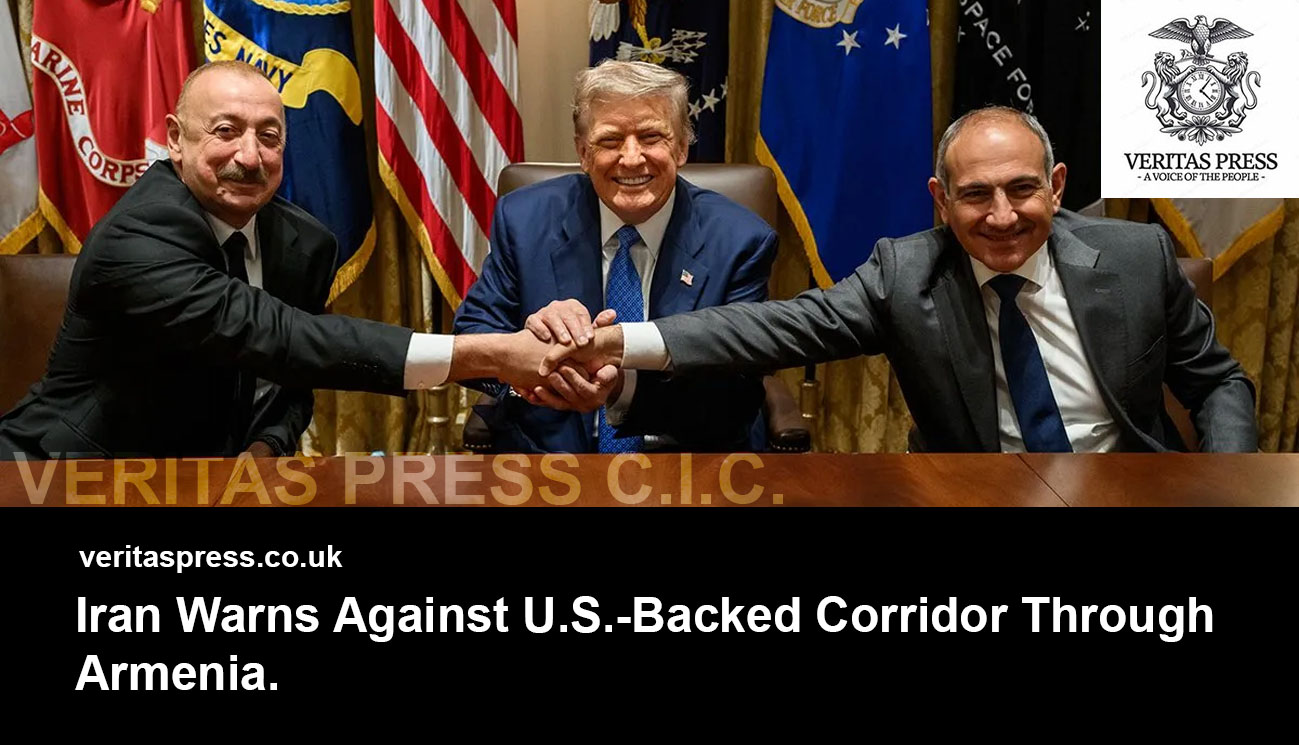





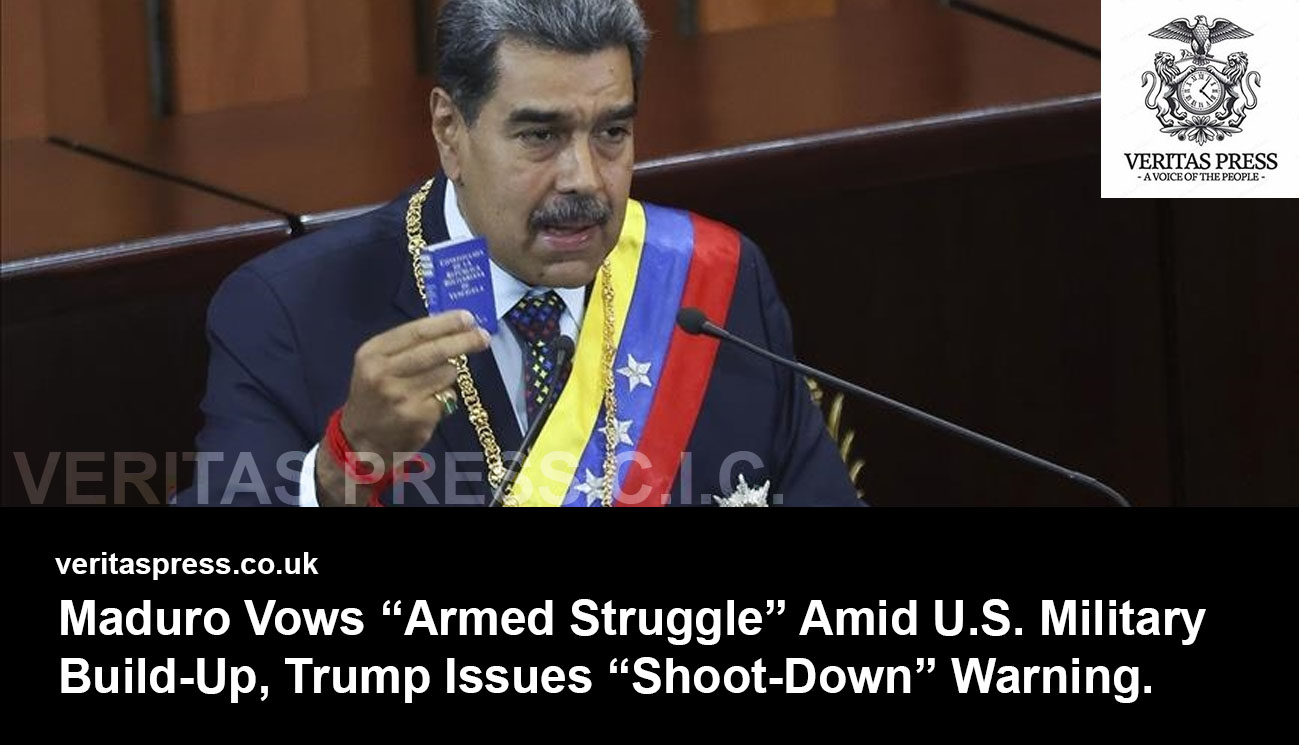
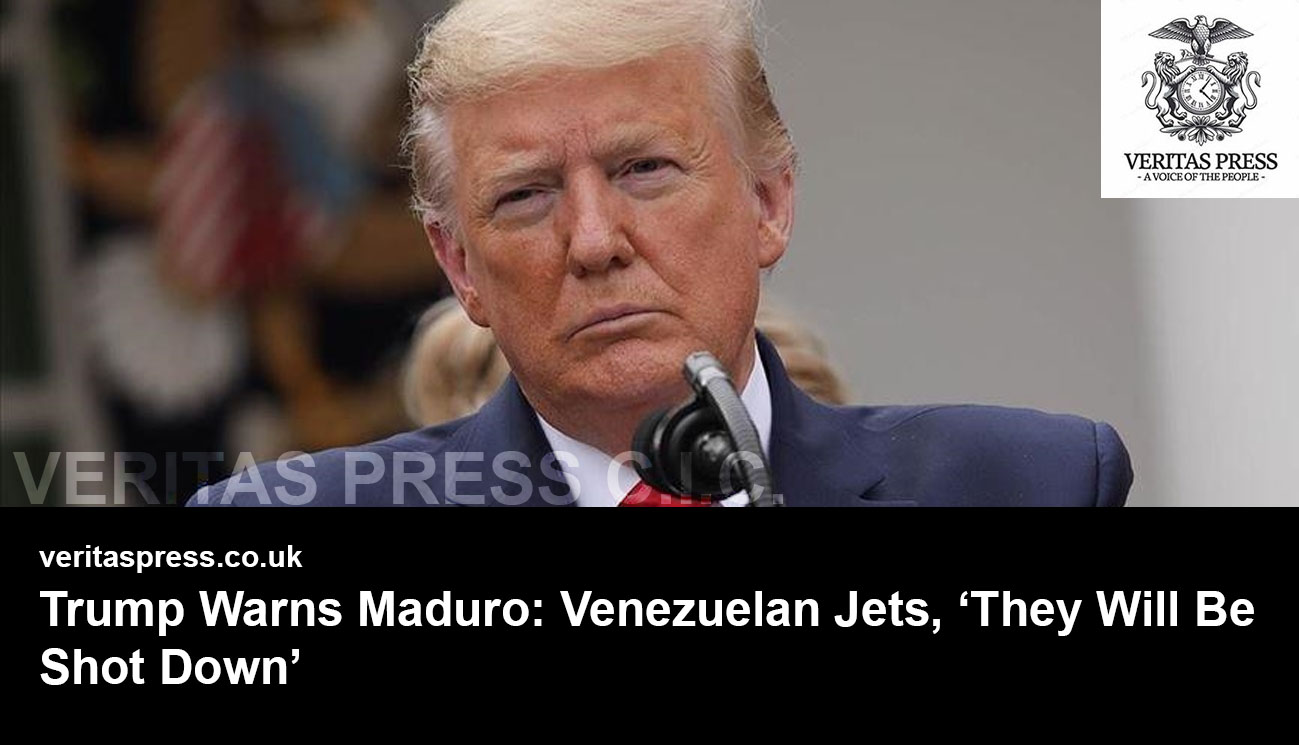
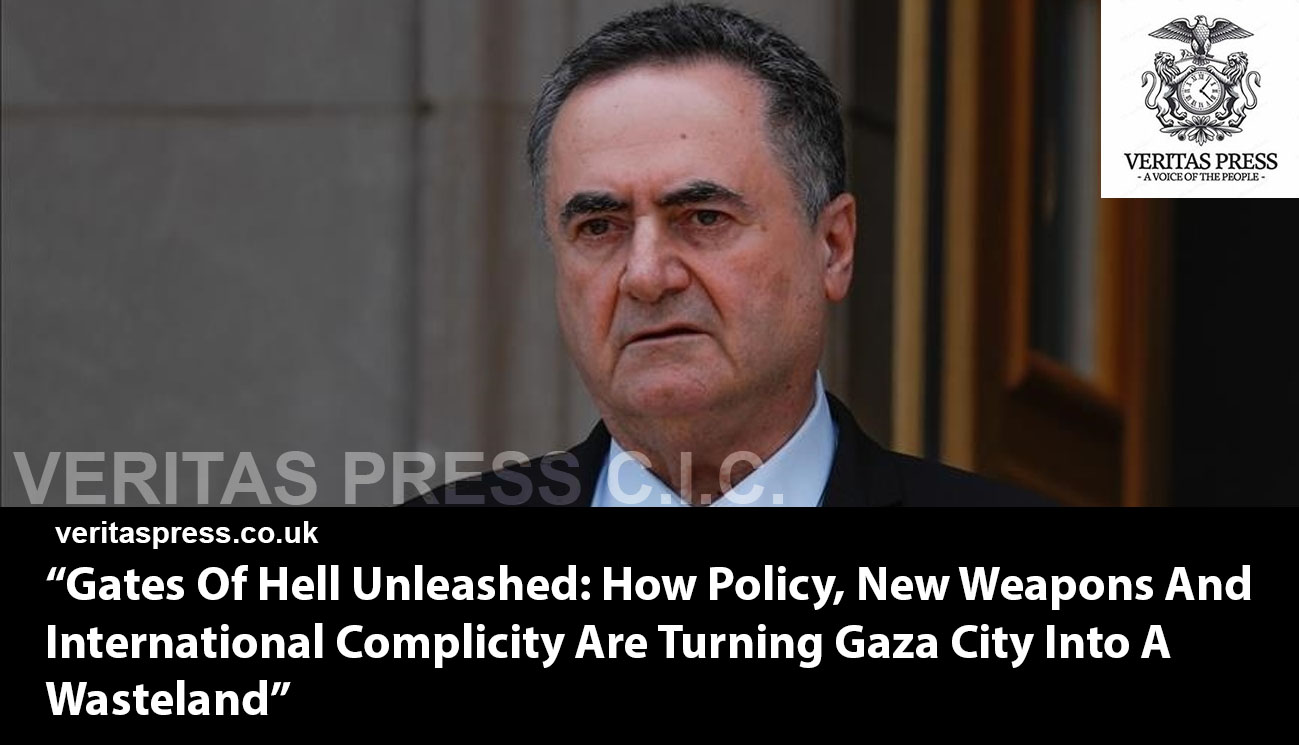

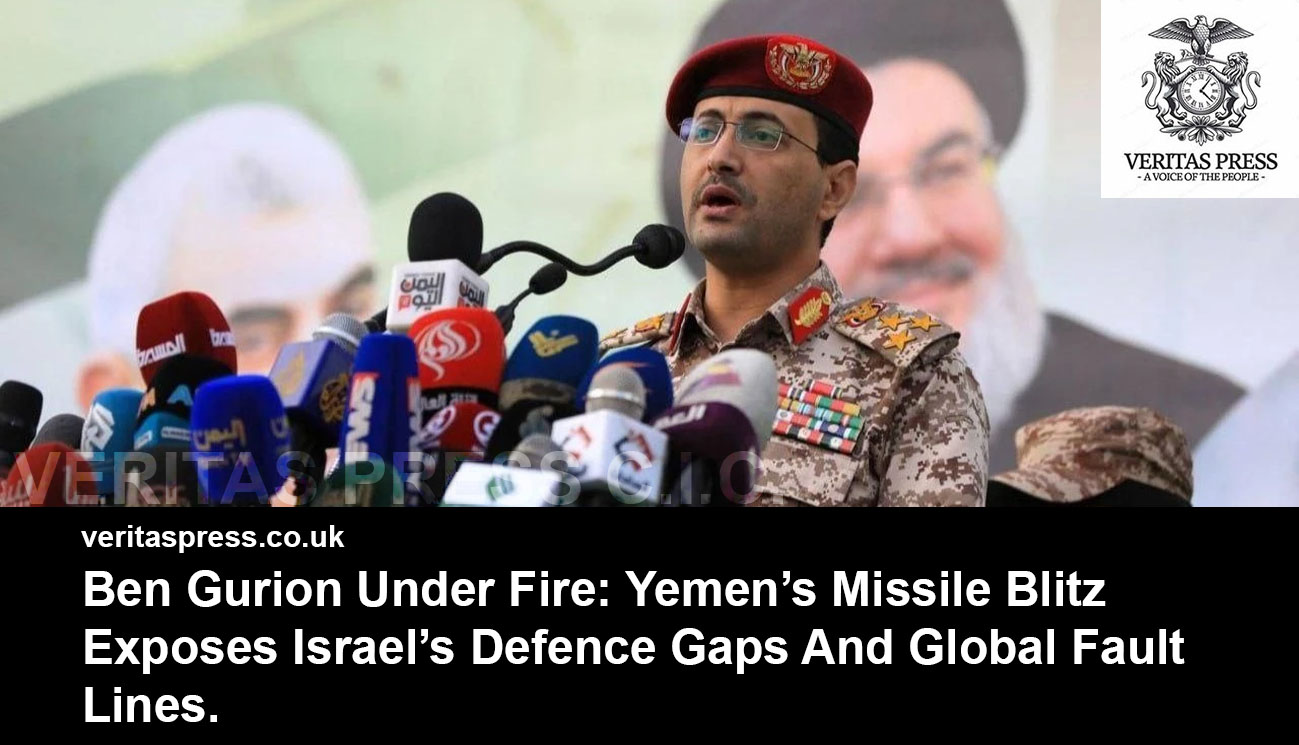
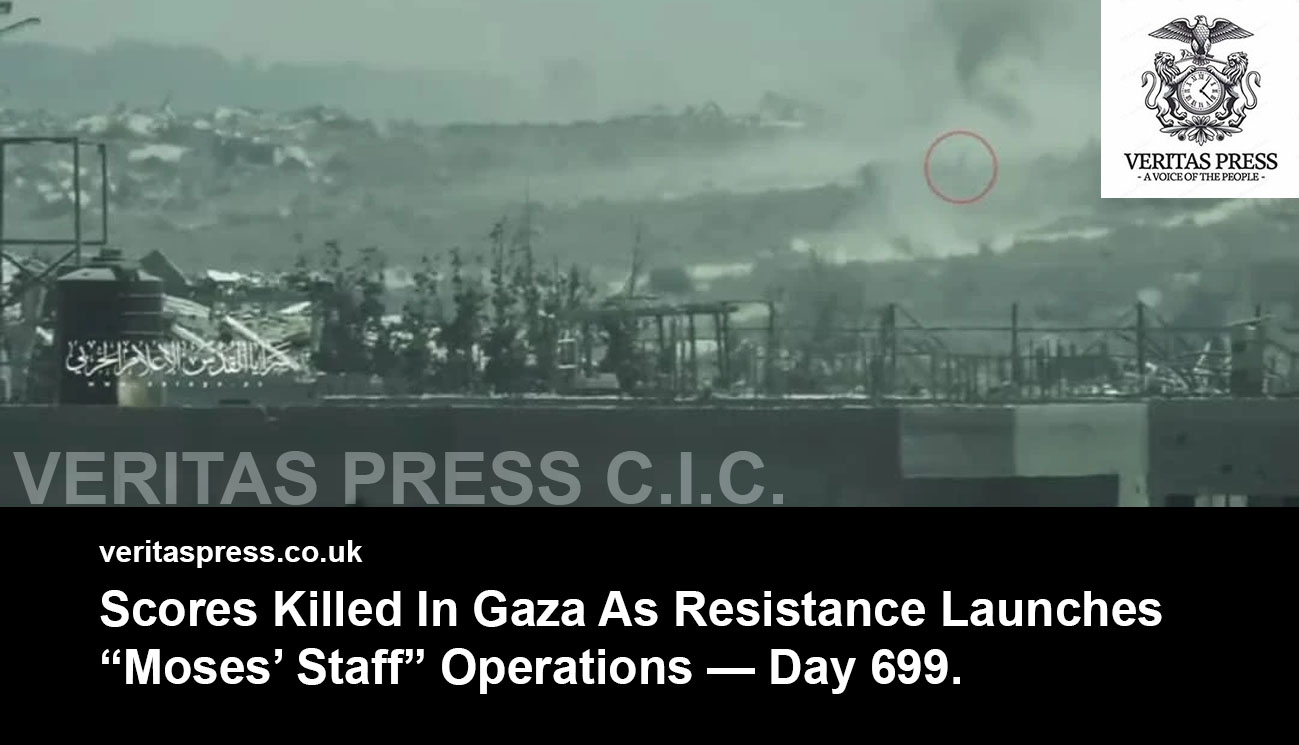
Leave a Reply